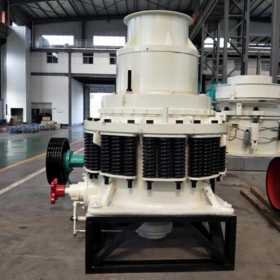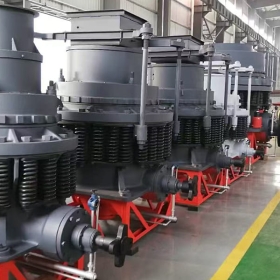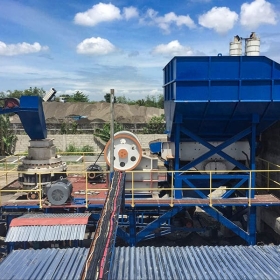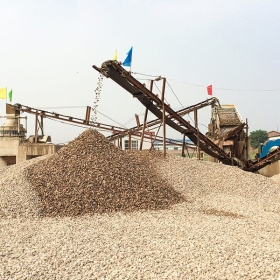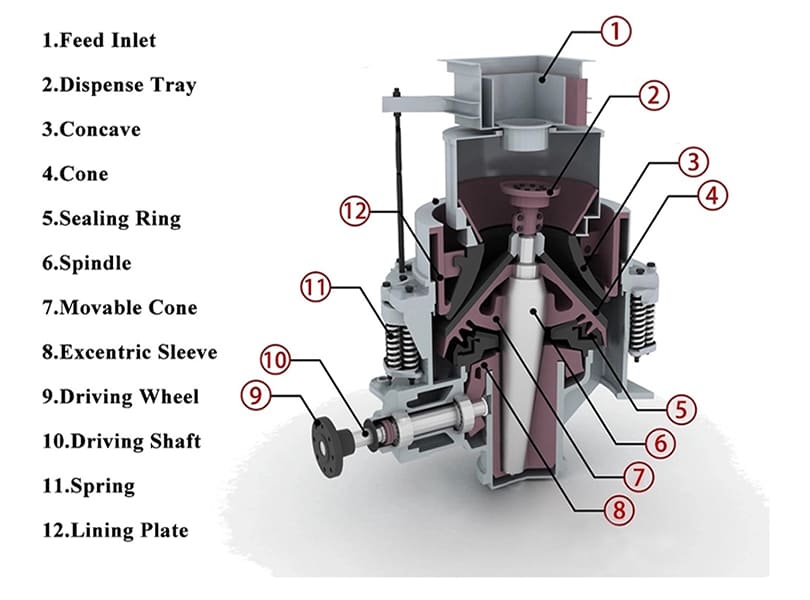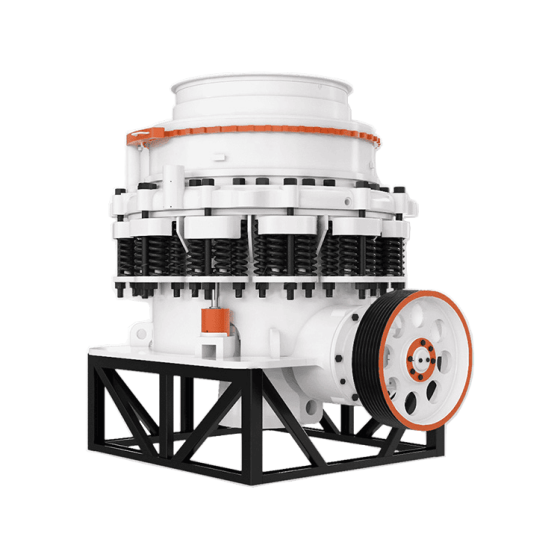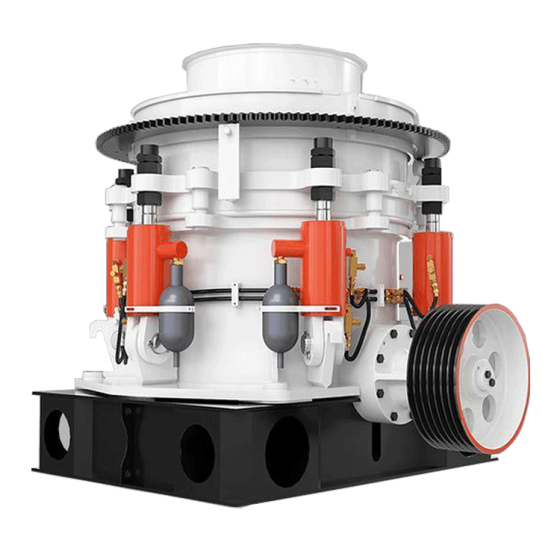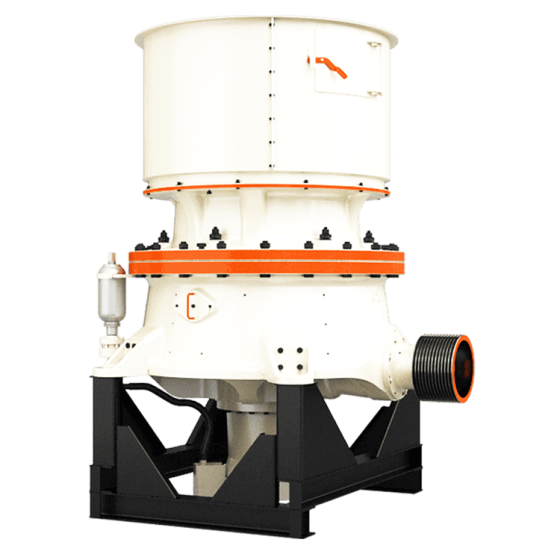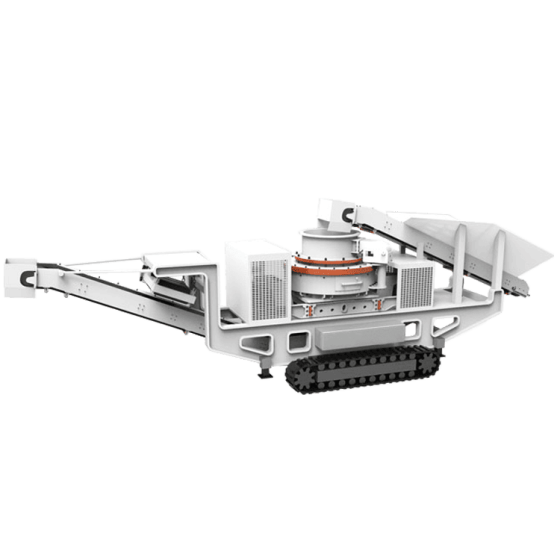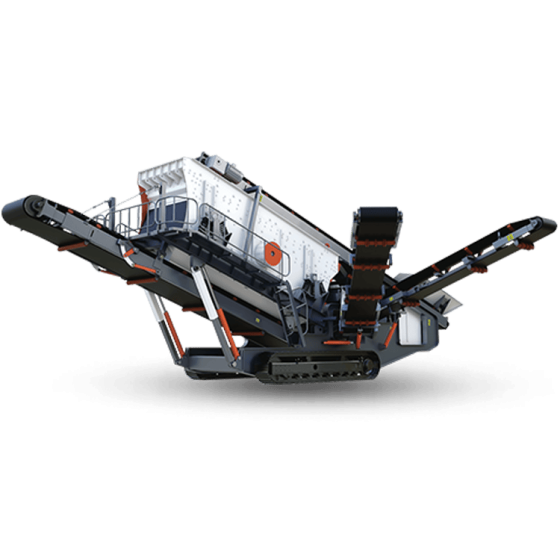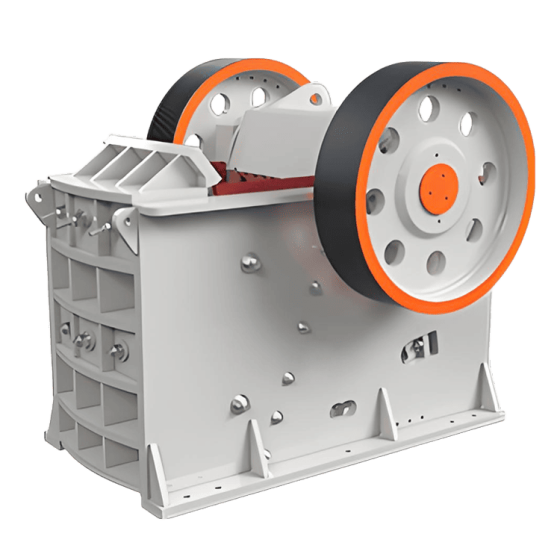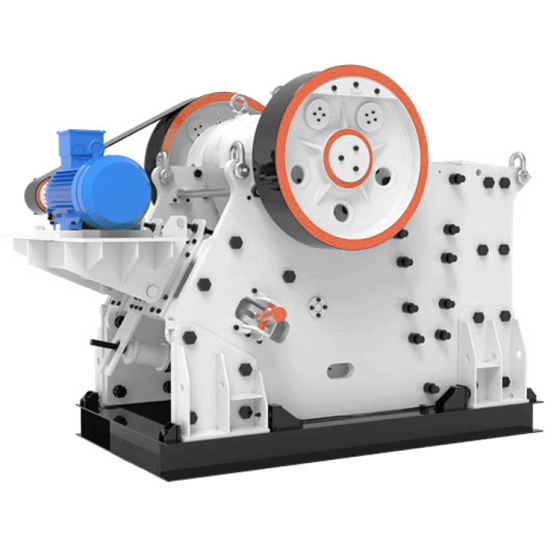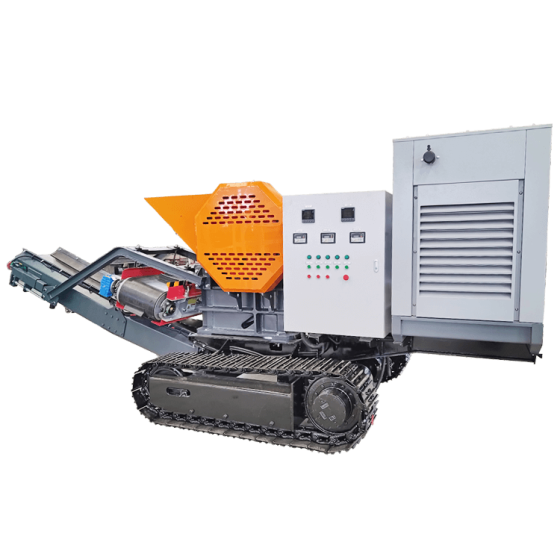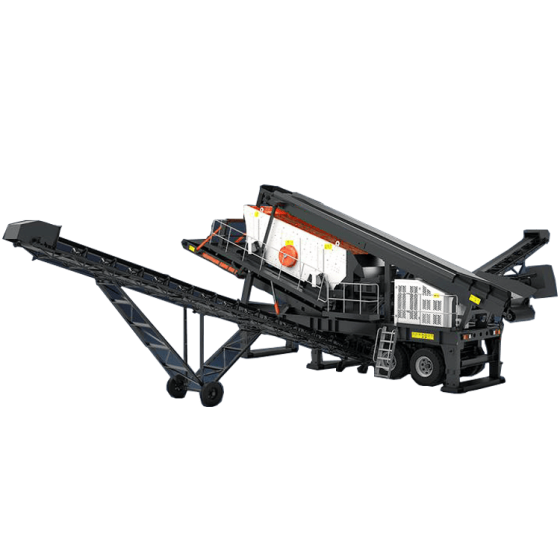PY Spring Cone Crusher is a classic crushing equipment widely used in mining, building materials, metallurgy and other fields. It is mainly used for medium and fine crushing of medium and above hardness ores or rocks (such as granite, basalt, iron ore, limestone, etc.) with compressive strength ≤300MPa.
Its core feature is the overload protection achieved through a spring safety system, combined with the laminated crushing principle, which ensures efficient crushing while improving equipment safety. It is suitable for various scenarios such as sand and gravel yards, concrete mixing stations, etc.
Technical Features
1. Efficient structure and performance
• Laminated crushing principle: through multiple extrusions of the moving cone and the fixed cone, the finished products are mostly cubes, with few needle-like particles and uniform particle sizes.
• Multi-chamber design: standard, medium, short-head and other chamber types are available. Users can choose coarse crushing, medium crushing or fine crushing mode according to their needs to adapt to different materials and discharging requirements.
• High output and low energy consumption: The long stroke and large crushing force design of the dynamic cone improves processing efficiency while reducing unit energy consumption.
2. Reliability and ease of maintenance
• Spring safety system: Automatically adjust the discharge opening when overloaded to protect core components (such as the spindle) from damage.
• Double seal design: using dry oil or water seal to isolate dust and lubricating oil, extend the life of bearings and gears, and reduce maintenance frequency.
• Modular structure: The main components (such as crushing wall and mortar wall) are made of wear-resistant materials, which are easy to replace and shorten downtime.
3. Adaptability and flexibility
• It can handle materials with a wide range of hardness, including river pebbles, granite, basalt, quartz, etc.
• The technical parameters cover a variety of models (such as PYB-600 to PYB-2200), with output ranging from 15 tons/hour to 1300 tons/hour, meeting the needs of production of different scales.
 crusherfactory.com
crusherfactory.com


